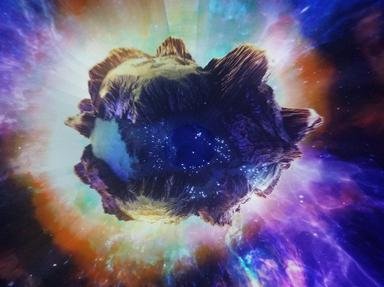Quiz Answer Key and Fun Facts
1. In an eclipse, what term describes the apparent size of the Moon in comparison to the apparent size of the Sun?
2. How many phases are seen during a total eclipse?
3. Because the orbits of the Earth and Moon are not completely round, eclipses do not happen on a regular basis. What term describes the oval paths of these heavenly bodies?
4. It is possible to predict the future dates of solar eclipses.
5. During a solar eclipse, the Sun's corona is easily seen. What is the corona?
6. There are five different types of solar eclipses.
7. Solar eclipses are only possible during which phase of the moon?
8. A person can safely look directly at the sun during a partial solar eclipse because the sun's brightness is hidden.
9. How often does a total solar eclipse happen?
10. Which of the following does not occur during a total solar eclipse?
Source: Author
crystal3g
This quiz was reviewed by FunTrivia editor
CellarDoor before going online.
Any errors found in FunTrivia content are routinely corrected through our feedback system.

